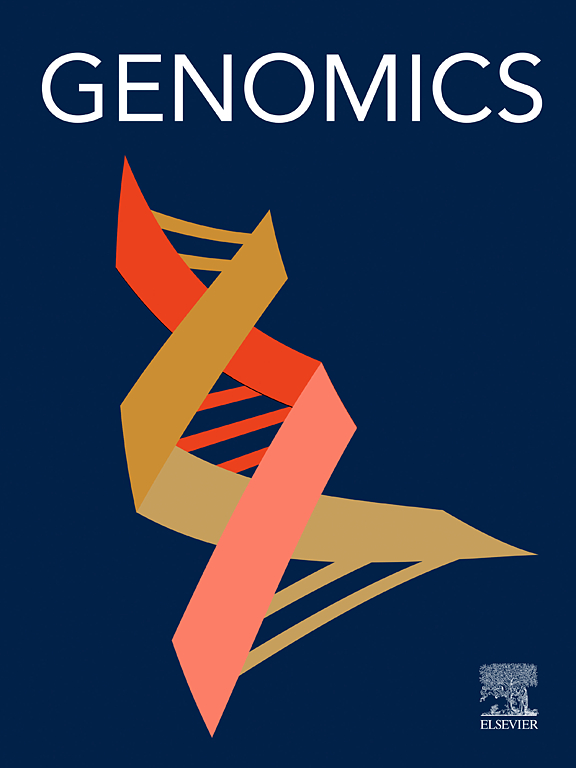RNA-seq analysis combined with insecticidal efficacy assays reveal the insecticidal molecular mechanism of benzaldehyde against Tribolium castaneum
IF 3
2区 生物学
Q2 BIOTECHNOLOGY & APPLIED MICROBIOLOGY
引用次数: 0
Abstract
Aldehyde oxidase in insects participates in the degradation of various aldehyde insecticides and toxic plant-derived aldehydes, increasing the resistance of pests to these agents. However, the specific mechanism underlying this resistance remains unclear. In this study, we examined the differentially expressed genes in Tribolium castaneum, a global stored-grain pest, before and after knockdown of aldehyde oxidase TcAOX3. We found decreased expression levels of chymotrypsin-like proteinase 5B precursor and serine protease P40, which are involved in immunity and digestion, indicating that TcAOX3 may be involved in immune and digestive functions of larvae. Reduction of TcAOX3 expression also significantly decreased the resistance of T. castaneum larvae to benzaldehyde, with an increase of about 20 % in the killing effect of benzaldehyde against T. castaneum. Molecular docking and isothermal titration calorimetry results showed that benzaldehyde bound to TcAOX3 via Val761, Tyr558, Met562, Ile559, Gln557, Arg763, and Arg762, with a binding energy of ΔG = −24.23 kJ/mol. These results provide a theoretical basis for analysis of the detoxification mechanism of aldehyde oxidase in insects and offer a reference for screening of green insecticides targeting aldehyde oxidase.
RNA-seq分析结合杀虫药效测定揭示了苯甲醛对蓖麻虫的杀虫分子机制。
昆虫体内的醛氧化酶参与各种醛类杀虫剂和有毒植物源醛的降解,增强害虫对这些杀虫剂的抗性。然而,这种抗性的具体机制尚不清楚。在本研究中,我们检测了全球储粮害虫castaneum (Tribolium castaneum)醛氧化酶TcAOX3基因敲除前后的差异表达基因。我们发现与免疫和消化有关的凝乳胰蛋白酶样蛋白酶5B前体和丝氨酸蛋白酶P40的表达水平下降,表明TcAOX3可能参与了幼虫的免疫和消化功能。TcAOX3表达的降低也显著降低了castaneum幼虫对苯甲醛的抗性,苯甲醛对castaneum的杀伤效果提高了约20% %。分子对接和等温滴定量热结果表明,苯甲醛通过Val761、Tyr558、Met562、Ile559、Gln557、Arg763和Arg762与TcAOX3结合,结合能为ΔG = -24.23 kJ/mol。这些结果为分析乙醛氧化酶在昆虫体内的解毒机制提供了理论依据,并为筛选以乙醛氧化酶为靶点的绿色杀虫剂提供了参考。
本文章由计算机程序翻译,如有差异,请以英文原文为准。
求助全文
约1分钟内获得全文
求助全文
来源期刊

Genomics
生物-生物工程与应用微生物
CiteScore
9.60
自引率
2.30%
发文量
260
审稿时长
60 days
期刊介绍:
Genomics is a forum for describing the development of genome-scale technologies and their application to all areas of biological investigation.
As a journal that has evolved with the field that carries its name, Genomics focuses on the development and application of cutting-edge methods, addressing fundamental questions with potential interest to a wide audience. Our aim is to publish the highest quality research and to provide authors with rapid, fair and accurate review and publication of manuscripts falling within our scope.
 求助内容:
求助内容: 应助结果提醒方式:
应助结果提醒方式:


